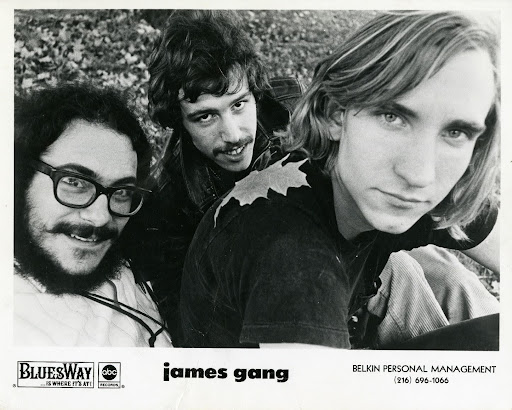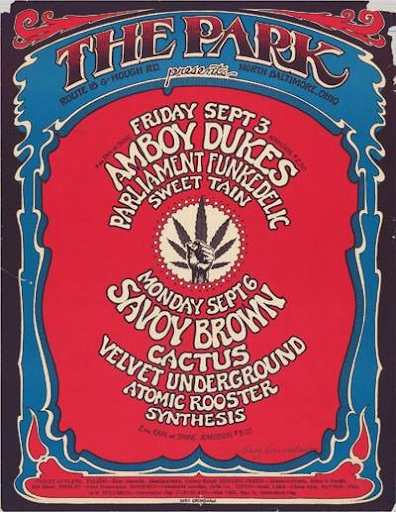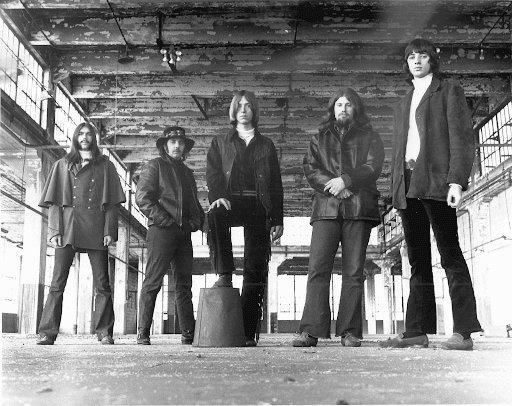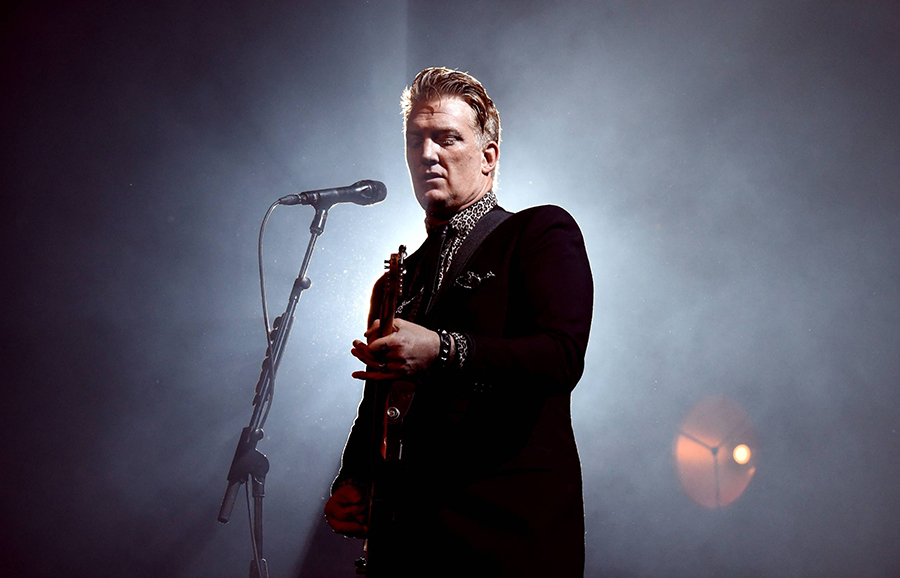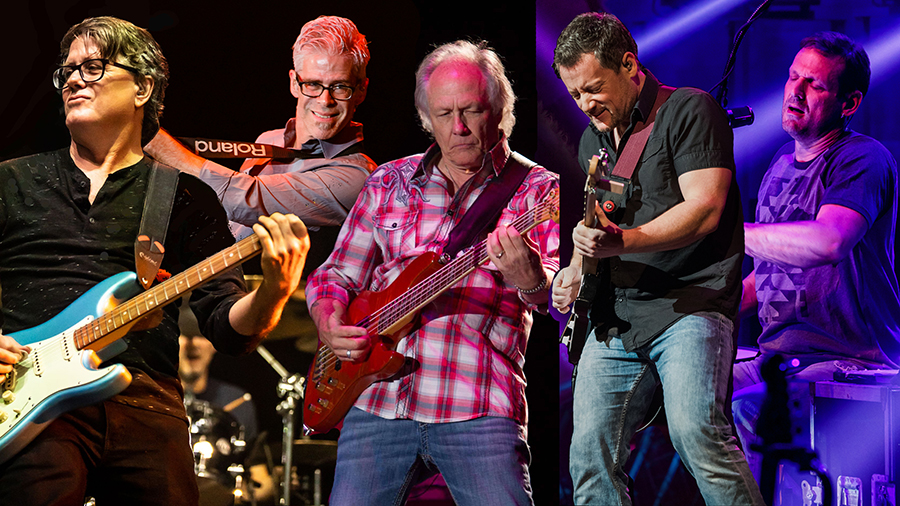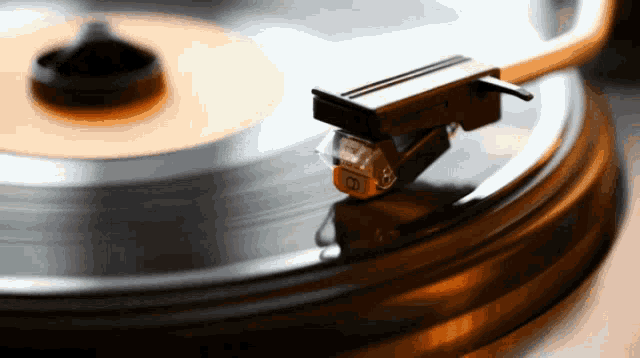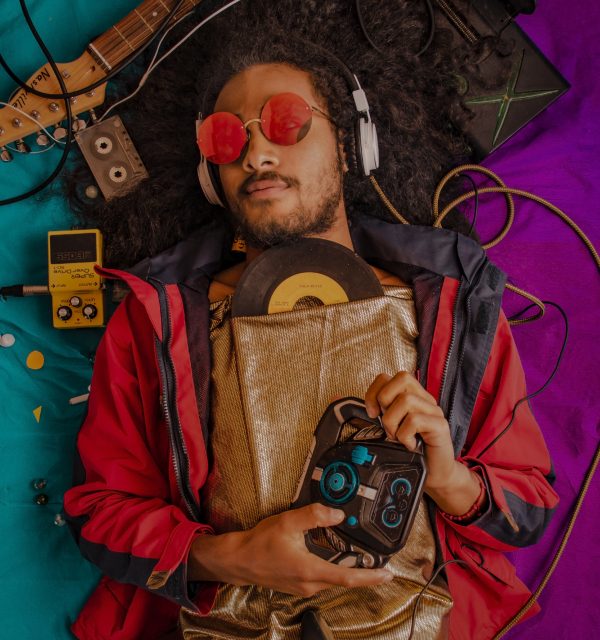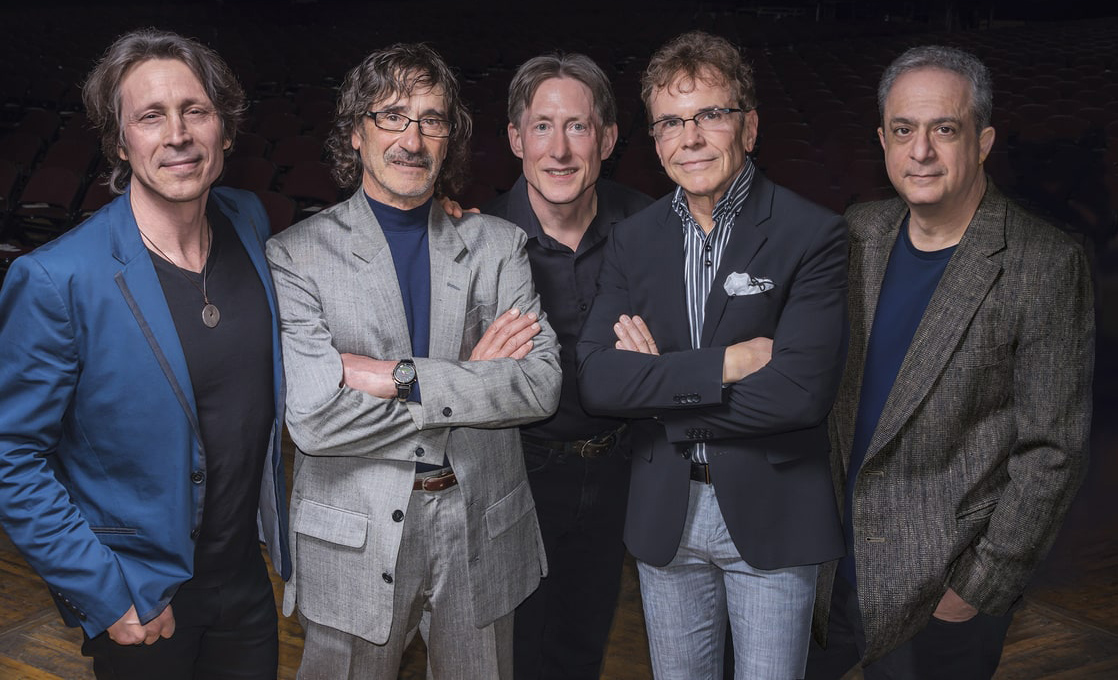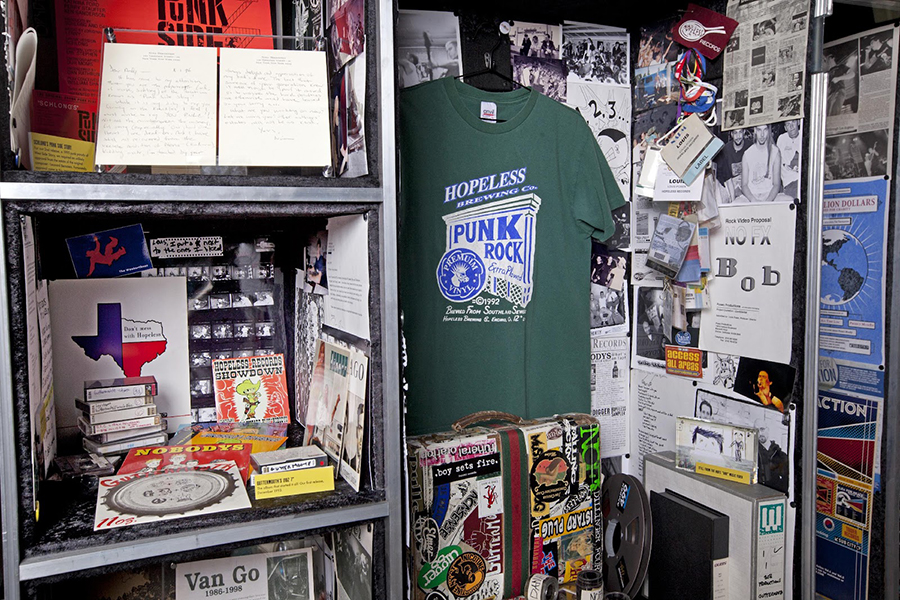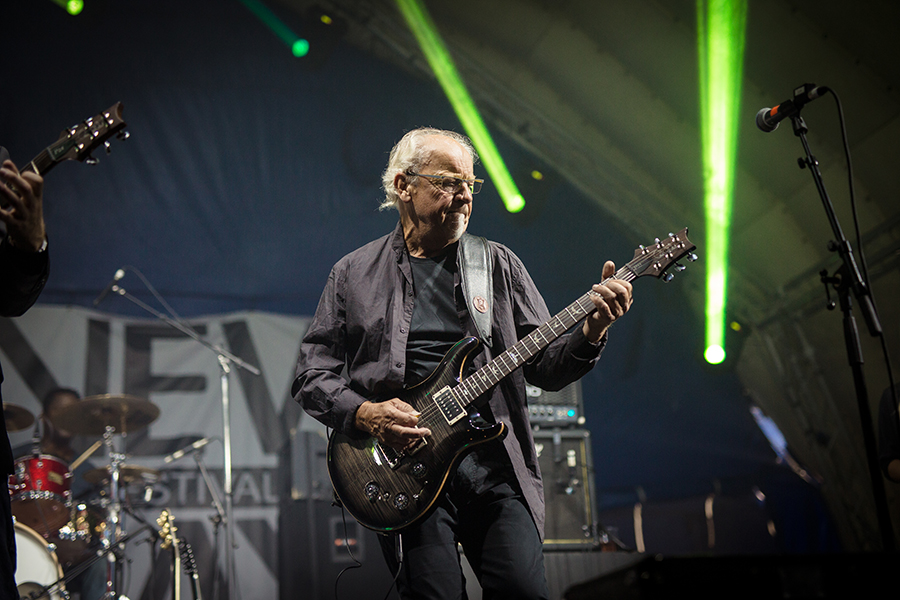We are proud to have Mike Olszewski as a featured writer here at CRR. Mike is the author of some of the best books ever written about music, radio and pop culture. His new column here is called “The Journey Through Middle Earth” as an homage to the old WMMS shows by that name. Mike will be covering of course music, radio and pop culture, what else would we have him write about people!
So welcome to The Journey Through Middle Earth as Mike takes a look at a long-lost historic venue, The Grande Cleveland
In 2023, I was very honored to contribute to Tom McAuliffe’s book about one of Detroit’s rock and roll shrines. It’s titled Almost – The Road to the Grande (Next Stop Paradise Publishing, Ft. Walton Beach Florida) and I strongly encourage you to read this excellent source of material about one of the premiere showcases for rock in the entire Midwest. My section looked at the similarities of Cleveland and Detroit and the strong music scene in both cities. However, the realities of the publishing world make it clear there is only so much space on a limited number of pages, and a certain amount of that information had to be left out to meet those standards. While I eagerly look forward to McAuliffe’s future books, I wanted to take a closer look in this article about promoter Russ Gibb’s vision for a Cleveland Grande Ballroom.
Both cities knew what was trending on their respective airwaves thanks to the impressive CKLW-AM and the mighty KYW / WKYC-AM trading signals over Lake Erie. In fact, most of the eastern seaboard benefitted from those stations, though the close proximity to the Motor City gave Northeast Ohio audiences the chance to see up and coming artists just a day trip away by car. Both cities had well-established club scenes, and Cleveland’s Leo’s Casino showcased many of the early Motown acts before they reached superstar status.
Cleveland did have its advantages. WEWS-TV was the home studio for the nationally syndicated Upbeat show, and Leo’s, the Versailles and other venues brought their stars to the television studios for wide exposure. Plus, because it was about a six-hour drive by car, it was an opportunity for Detroit acts to get TV time for their music Bob Seger, Stevie Wonder, Terry Knight and the Pack and a long list of folks from “up north” could be found on the Upbeat roster. In fact, Mitch Ryder sang “Knock on Wood” with Otis Redding on that show…just hours before the plane crash that claimed Redding’s life. The city also had Cleveland Recording which offered an option for bands to play gigs in the Northeast Ohio when not in the studio. Grand Funk Railroad would record several of their albums there when first starting to break out.
Teen dance clubs were thriving across the U.S., as were bars with live entertainment often headlining acts that would be getting a lot more attention in years to come. Along with the clubs, Cleveland had shows at the Arena, Public Auditorium, church halls, and the Hippodrome on Euclid Avenue even hosted Saturday matinees with name stars. But in the late Sixties, Detroit did have a key advantage, and that was Russ Gibb’s Grande Ballroom. Why didn’t Cleveland have a Grande with weekly shows? Gibb asked that same question and hoped to answer it by setting his sights on the old WHK Auditorium. When he toured it in 1968 it was, like a lot of aging neighborhood venues, a beat-up old vaudeville house, but it had a lot of potential. Minutes from downtown it also had radio stations in the building, and while WHK was nowhere near its former glory there was a new form of entertainment on the FM band and its sister station was rechristened WMMS-FM. Russ Gibb was an experienced and savvy promoter, and in the pre-Bekin Productions days in Cleveland a lot of smaller booking agents were bringing in emerging acts at places like La Cave. (By the way, we also encourage you to read the story of that club in the Steve Traina interviews featured elsewhere on this site.) These were many of the same acts that Gibb was booking in Detroit, and with his connections and reputation Cleveland seemed ripe for expansion of his rock empire. Plus, he knew that Northeast Ohio had an ear for quality talent based on the acts he imported to Grande / Detroit.
The Northeast Ohio acts have fond memories of playing both Grandes. Drummer Kenny Ruscitto was just 21 when he traveled back and forth between the cities with the Mr. Stress Blues Band. He recalls, “We played Detroit maybe 4-5 times, opening for Steppenwolf, the MC5 and Three Dog Night. In those days we’d stay with friends in Ypsilanti or Ann Arbor. People there accepted us. I remember plenty of beer in the dressing rooms behind those big velvet curtains and John Kay with Steppenwolf stopping by to say hello. All the acts did.” There was also an weird unexplained odor and an off-color haze on the molding that pretty much screamed, “old, cool but most importantly ours!”
It was a real camaraderie all with the same mission, and that was to give the audience the show they expected and more. Ruscitto was especially impressed not only with the grand style of ambience in the ballroom but with the way Mr. Stress was introduced in Detroit. “The emcee…he was a tall, nice-looking guy with the long blonde hair. He came to the mic and just said, ‘Here’s a fabulous blues band’ and not introing us ‘from Cleveland’ or anything like that. Audiences were cool, they showed us the same respect and they were great shows.”
Glass Harp from the Youngstown / Warren area was getting plenty of well-deserved press and they seemed a perfect fit for the Grande. They were a young band….very young. Drummer John Sferra was still in high school, but he recalls, “It was a big gig for us. Our manager Chip Killinger told us it was a great venue to get to play. We opened for Frost.” They also got a surprise when they arrived for the sound check. Frost had already set up their equipment, and Sferra tells us, ”I had my drums there, but Daniel (Pecchio) and Phil (Keaggy) walked in with their guitar cases and amps in hand. It was like they were carrying suitcases. We walked on the stage and saw this huge wall of Marshall amps stacked on top of each other”. Loud was welcome on the Grande stage, but you’d better be good and Glass Harp got a great response from the audience.
The Grande Ballroom played a major role in another Ohio band’s evolution. James Gang had been getting lots of attention playing clubs and JB’s near Kent State University. The group was booked to open for Cream at the Grande in May of ’68, but just before they headed out half the band quit! Needing money in the gas tank to get to Detroit and back it was decided that Joe Walsh would play lead and rhythm, they would perform as a trio and would stay that way for the rest of Walsh’s time with the band.
Gibb made his move rechristening the WHK Auditorium the Grande Cleveland. This was good news for the building owners who were happy to see the hall generating revenue, and opening night was announced in the Plain Dealer for Thursday, October 25, 1968 promising, “The first 2000 in free”. It was a solid line-up for the debut show with Quicksilver Messenger Service, The Case of E.T. Hooley and the James Gang…but there was an issue….and let’s just put the cards on the table. The building just wasn’t ready, and it was painfully evident.
Dave Little remembers taking his girlfriend , Connie, there on their first date that November to see the Moody Blues. “We got there early to get a good seat. When they finally let us in the place was in shambles. The seats were torn up, maybe even slashed, and we heard the place had actually been condemned. The front row was right against the stage if so you were in those seats you were looking straight up to see the show. Most of the audience took seats farther back, and there weren’t many people there, maybe 300 tops.” Add to that problems getting electricity for the lights, PA and amps with Little hearing they may have arranged a power drop from another nearby building or even a generator. Whatever they did, the Moodies took the stage, and the condition of the building wasn’t lost on them. Little recalls, “The band sounded great, but they stopped after a few songs to talk. It was either Mike Pinder or Justin Hayward, but they came to the mic and said, ‘Look, we realize what you guys are sitting on and if any of you want to sit here on stage, feel free. Sit on the floor, stay out of the way and don’t move around so we can perform, but at least it will get you off those shitty seats!” More than a few took them up on their offer. Oh, and after that first date Dave and Connie stayed together and are still married to this day. One more story about that particular show. WMMS was showcasing its new format and invited the press to the concert to show the kind of music it was promoting. The problem was the station’s sales staff were straight-laced “42 longs” (the size of their suits) that were left over from the old format, and the progressive format was being run by “freeks”. (Yeah, that’s the way they spelled it.) Plus, the mainstream press wasn’t ready for the music or the venue with the Plain Dealer’s Karl Burkhardt saying it defied description and the volume of the music was making plaster fall from the ceiling. He said the light show was on the “world’s largest bedsheet” and summed it up by saying, “The gross result of this audio-visual mind-blowing experience is an electronic hangover. It is complete with earache, eyestrain and a throbbing cranium.” The sales people seemed confused as well. There’s also a good chance that the “heads” weren’t reading the Plain Dealer and, if they did, really didn’t give a …..
Even so, Grande Cleveland was still booking name acts regardless of the state of the stage and auditorium. Blood Sweat and Tears, Jeff Beck, Procol Harum, and Rotary Connection among others trod the boards and for a brief shining moment we saw Gibb’s dream come true. The bands that played both venues saw the advantages of playing Cleveland and Detroit.
A Northeast Ohio band that was getting huge attention was Damnation of Adam Blessing, a mix of melodic hard rock with a generous dose of psychedelia. They never played Detroit’s Grande, but strangely enough they were booked at the Eastown Theater the same night as the James Gang across town. Russ Gibb booked shows at both venues. Damnation’s guitarist Jim Quinn remembered the Detroit audiences well having played with SRC, Seger, Alice Cooper, the Stooges and even opening for Jane Fonda when she appeared at the University of Detroit. He said there were plenty of places to play between the cities including the Toledo Sportatorium and the Park in North Baltimore, Ohio, so it was almost like a circuit. Quinn says the Grande Cleveland wasn’t like the teen clubs or armories they often played. “I recall that there was a full house. We opened to Uriah Heep. I remember the stage being a good size and the facility reminded me of an old theater. There was hardly any stage lighting in the hall, but we were used to that.” It was a far cry from the gigs at rec centers with Quinn remembering, “The Grande offered a real big concert venue feeling. Not sure how many it seated. I only recall because I was on stage and never sat with the audience!”
The Case of E.T. Hooley was getting a lot of well-deserved attention across the Midwest, and singer Chip Fitzgerald recalled the venue on Euclid Avenue fondly despite its eerie atmosphere. He also remembered the Detroit ballroom seemed bigger when Hooley opened for Buddy Guy, as well as the MC5 and other acts. There were benefits playing both venues as well. Hooley’s Richard Shack had memories of seeing Cream in Detroit and Ken Ruscitto with Mr. Stress got a brief look at Led Zeppelin’s sound check prior to the show.

(Photo supplied by Chip Fitzgerald)
Major bookings continued. B.B. King with blues, folkies Ian and Sylvia with Tom Rush and the list went on and on. So, what happened to Grande Cleveland? Why the abrupt end? It came crashing down in January 1969. You have to look at a number of key factors and one very surprising reason overall. Cleveland had a lot of venues and most offered national acts at one time or another. Bob Seger, the Yardbirds with Jimmy Page and many others played the teen clubs like the Hullabaloo chain. Leo’s Casino had the Motown groups pretty much exclusively and LaCave had already showcased groups like Steve Miller, Iron Butterfly, and others that would later be featured at Grande Cleveland. Radio support was minimal. This was the dawn of FM progressive rock and while the college stations joined in introducing new music, the FM band was still not in most cars and AM ruled. The top station in town was WIXY-AM, a 5000 watt outlet that cut power at night, but still got as much as 50% of the audience. Plus, with a Top 40 format you could have a Rolling Stones or Paul Revere and the Raiders song on the charts with Frank Sinatra or Bobbie Gentry. Just based on the intro to “Kick Out the Jams” it was unlikely the MC5 would be getting much airplay or publicity on WIXY1260. WMMS actually switched formats for a brief time after its initial run with progressive rock to a more Top 40 feel but still wasn’t drawing huge ratings. That would change greatly in the years to come but too early to help at that time.
Publicity was a problem. The Plain Dealer’s Action Tab and the Cleveland Press Showtime were weekly entertainment inserts, but unless you paid for advertising your event just got a mention, and there was a lot of competition. Another point to consider is the type of advertising. Grande Cleveland’s newspaper ads were simply print letters in a black and white box. On top of that, you didn’t have the creative magic of Gary Grimshaw and Carl Lundgren doing posters for the venue as they did in Detroit. There are two known handbills for the Jeff Beck and Deep Purple shows Russ Gibb put on, and if you have one you’re holding a gold mine.
Let’s also look at the tone of the times. The counterculture was starting to really “get legs” and any opportunity to give the older generation a jab was usually taken. Even the guys in Terry Knight and the Pack were capable of a subtle “up yours”.
The location was an issue as well. A lot of money has since been poured into the East 50th and Euclid stretch to rehabilitate the so-called Midtown Corridor, but back then it was…like a lot of big cities…a high crime area. The parking lot was just a few steps to the door of the radio stations, but most of the staff remembered getting robbed at least once while they were located there. The final nail in the Grande Cleveland coffin is a surprising one.
They had trouble getting a music permit!
It’s anyone’s guess why they had issues with the permit, or even if they ever had one. Gibb and his partners were smart businesspeople, but in a politically charged metropolis there comes a time when doors close if you didn’t “play nice” with the folks at city hall. In early 1969, Taj Mahal got the news that the Grande was closed for good when he showed up for his January 25th gig. He ended up spending a few days in Cleveland and brought his show to a local elementary school playing to students. Upcoming dates with Spirit, Fleetwood Mac and the Mothers of Invention were cancelled (which was no loss for Frank Zappa who detested snow). The theater wasn’t used on a regular basis for many years. WHK and WMMS moved out in 1976 and it briefly opened as the “New Hipp” showing films but couldn’t draw the crowds. Finally, another noted concert promoter, Hank LoConti re-opened his Agora club at that location in 1986 hosting a wide variety of bands including David Bowie, Crosby Stills and Nash and a list of names that would make Russ Gibb proud. After a serious renovation the Agora is still thriving today.

